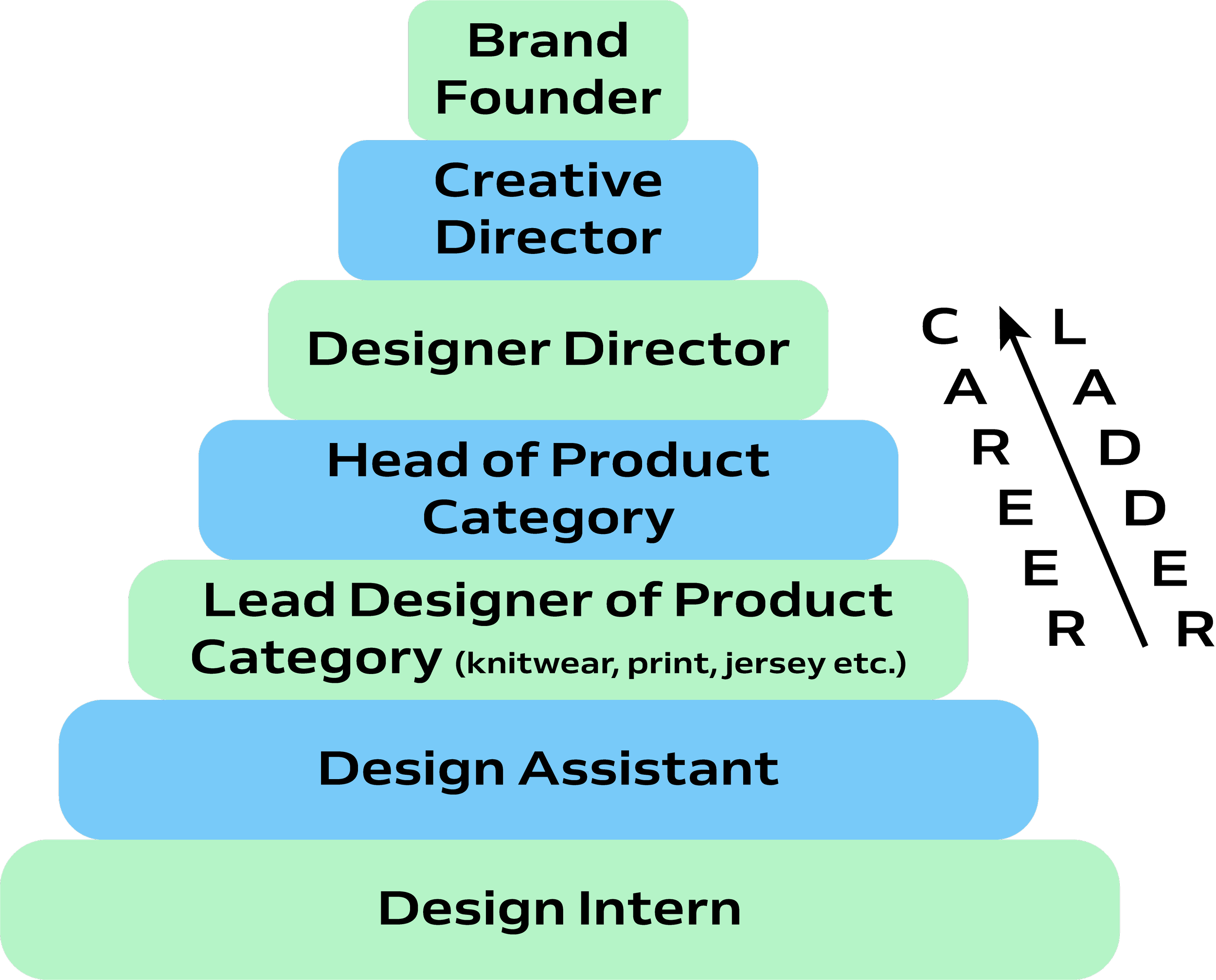
A fashion designer creates clothing, but there’s much more to this job than the ability to sew. Fashion designers also have to be able to analyse trends and create clothing that people want to buy. A fashion designer could be self-employed or work for a brand, where they’ll be tasked with executing that brand’s style identity each season. They might work for a luxury brand, a contemporary brand, or a high street brand.


Most fashion designers start out as interns and work their way up the career ladder from there. This progression could look like this: Design intern - Design assistant - The lead designer of a product category (knitwear, print, jersey, etc) - Head of a product category - Designer director - Creative director - Brand founder

CAREER HIGHLIGHT
Fashion designers can spend their days researching trends and creating mood boards to design an item or collection around. They often use designing software to create technical samples that will be sent to their manufacturers for production.
Fashion designers work with a wide variety of people to produce clothing, so they spend a lot of time in meetings with print designers, production managers, creative directors, and others. Fashion designers also have to have a strong relationship with their suppliers, the people who produce materials and other components as well as the people who cut and sew their clothing, to ensure that the original design is reflected in the final product.
Being a fashion designer is a highly technical and creative role, so most people study a fashion or textile design degree in order to develop the skills they need to work in the field. A fashion design degree will teach you how to communicate your ideas, understand how different materials and techniques can be used to express your ideas, and give you a thorough understanding of the fashion ecosystem from design to the final product.
SKILLS NEEDED
The skills fashion designers need include the ability to be organised and adaptable, creative and analytical, have an eye for cut, colour and draping, the ability to draw or design clothing using CAD (computer-aided design) software, as well as the pattern cutting and sewing.

If you’re interested in being a fashion designer, it’s never too early to start experimenting with drawing your own designs. You might borrow or buy an entry-level sewing machine to start practising sewing basic garments. Learn about fashion history by discovering your favourite fashion designers.
text text
Fashion Futures Job Roles
In this section we will go over
Different job roles in the fashion industry
Career ladders, so you can work your way to the top from entry level roles
Daily Tasks and career highlights
What should you study?
What skills do you need?
